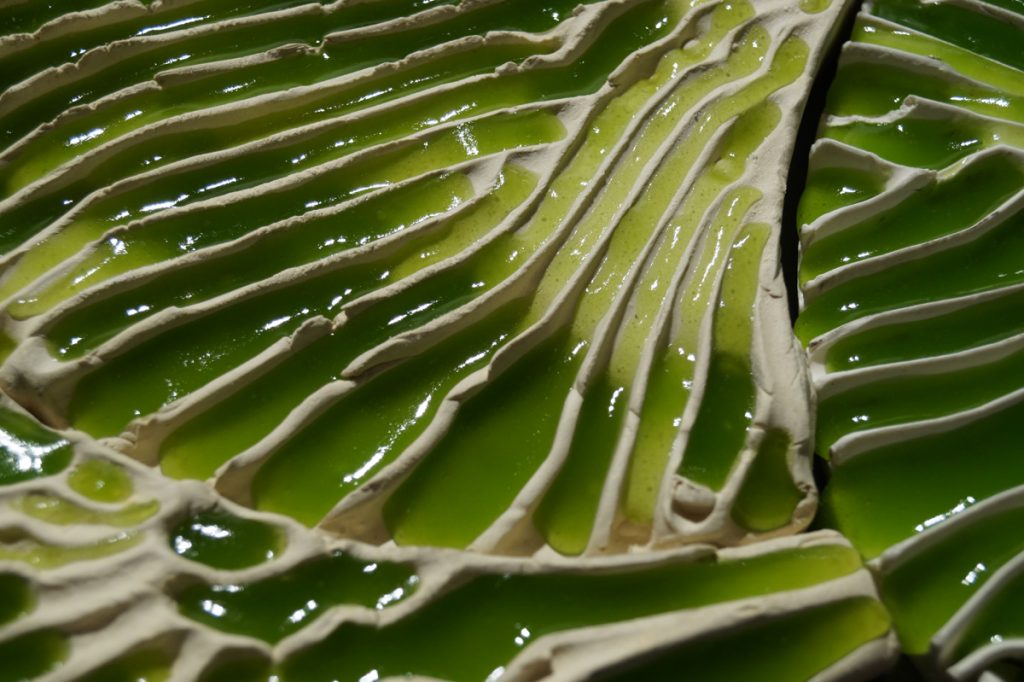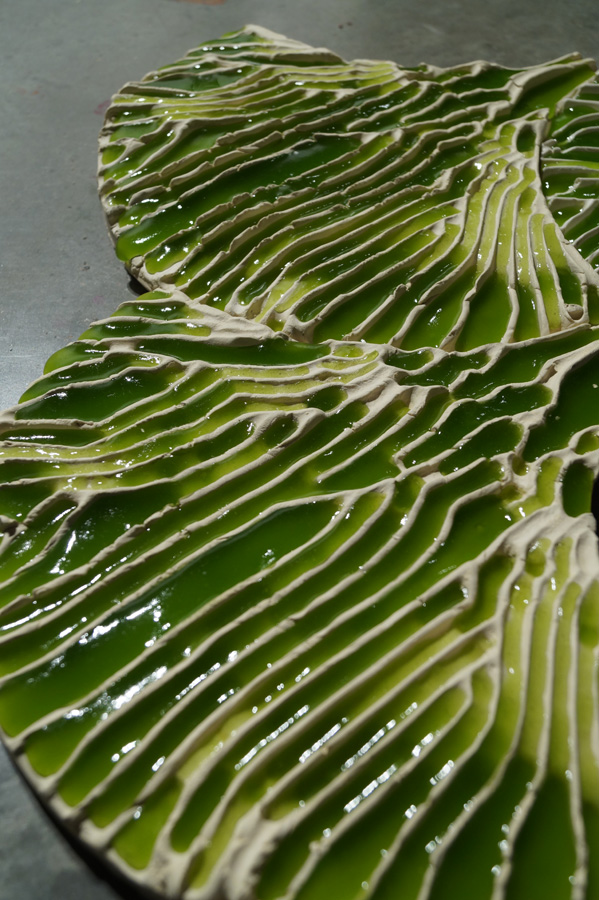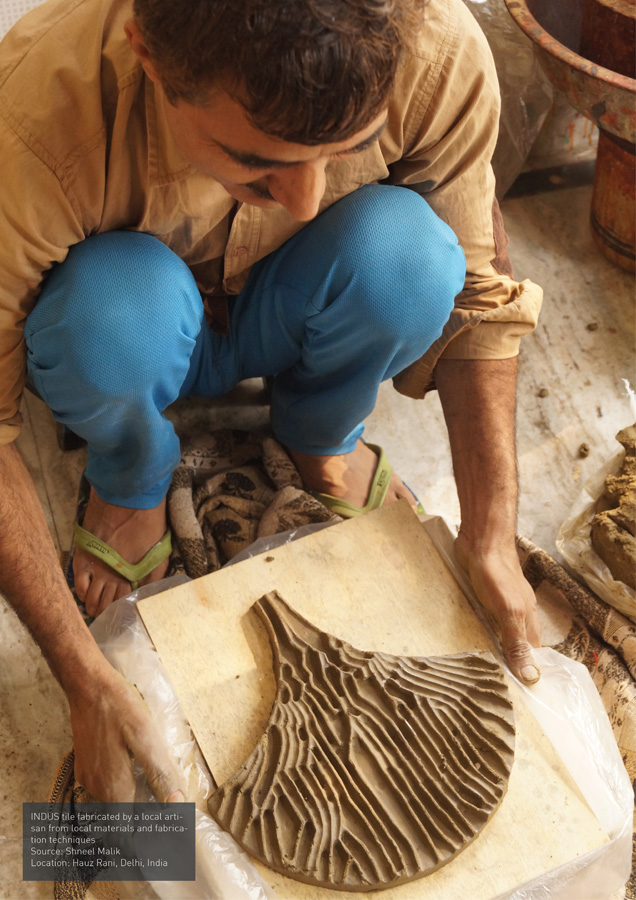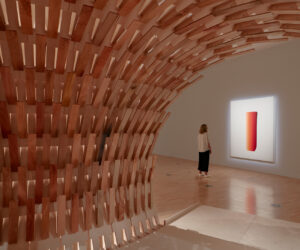University College London develops tiles that clean and regenerate water
The consequences of industrialisation for our waterways are not to be overlooked. In India alone, it is estimated that up to 80 per cent of the surface and ground waters are polluted. With this statistic in mind, University College London (UCL) academics came together to devise an interdisciplinary approach to water pollution in the form of Indus: a tile-based, modular bioreactor wall system for cleaning water through bioremediation.
Beginning in 2016, the team at UCL made site visits to small-scale artisan industries in India. “The rural settings of bangle makers in Kolkata and textile dyers in Panipat allowed us to investigate the wastewater contamination scenarios within these informal industries,” elaborates one of the team, Shneel Malik (PhD Candidate, Architecture Design).
The tiles resemble the architecture of a leaf, and are designed so that water flows over a series of vein-like channels which contain algae, prepared in a a seaweed-based hydrogel. The algae sequesters pollutants like cadmium and the hydrogel and can be processed to recover heavy metals safely. Indus can be made locally using traditional clay making methods and the tiles’ form was considered to complement the existing structures in panchayats – rural communities of artisans.
“The tiles and the entire system are designed to be fabricated using locally available materials and … techniques, thereby reducing the capital expenditure significantly,” Shneel summarises.
“The tiles can either be installed on existing walls and roofs of the small-scale artisanal industries, wherein Indus might cater to the single unit only. But if we wish to scale up and use it on a community level, a standalone wooden batten structure can be installed which then hold[s] the tiles.”
A prototype exhibited at A/D/O (an international competition inviting designers, scientists and engineers to develop solutions to help solve the global water crisis) was fabricated in Khurja, India, the country’s ceramic capital. “We worked with the locals to press mould and even slip-cast clay, experimenting [with] the design’s adaptability to various materials and techniques,” Shneel recalls.
The project’s aim to integrate water remediation into local cultures is not just limited to India. Shneel explains: “We imagine Indus to be adaptable in different regions and continents, made from materials such as sandcrete, laterite, stone or even waste materials – which are now being increasingly explored in the form of living material composites.”







